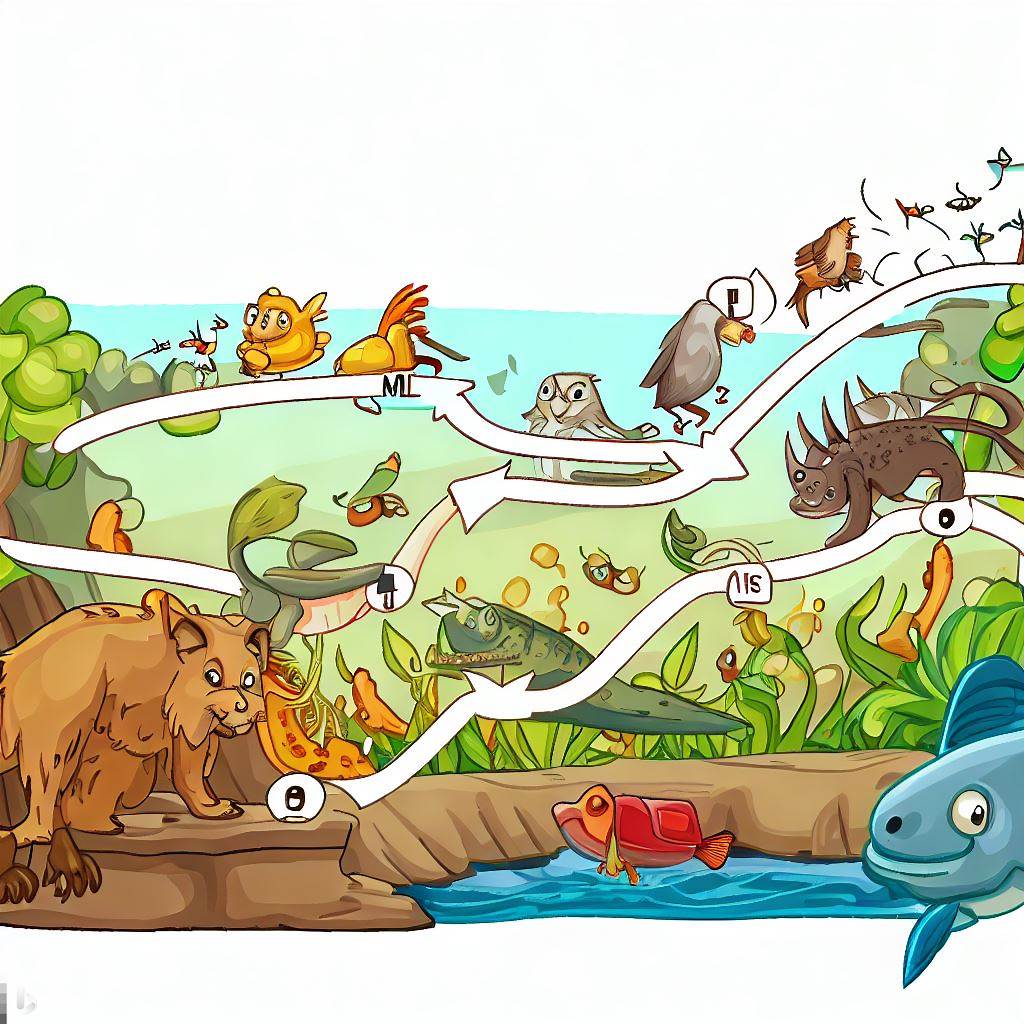Timeline of the Food Chain: Understanding the Flow of Energy in Ecosystems
Producers

Plants, algae, and some bacteria are the primary producers in the food chain. They harness energy from the sun through photosynthesis to produce their food.
Primary Consumers (Herbivores)
Herbivores are animals that eat plants as their primary food source. They obtain energy and nutrients by consuming vegetation.
Secondary Consumers (Carnivores)
Carnivores are animals that primarily eat other animals. They obtain energy by consuming herbivores or other carnivores.
Tertiary Consumers (Top Carnivores)
Top carnivores are at the highest trophic level and are typically apex predators in the food chain. They consume both herbivores and other carnivores.
Decomposers
Decomposers, such as fungi and bacteria, break down dead plant and animal matter, returning nutrients to the soil. This process enriches the environment for the producers to grow again.
Food Chain Interconnections
The food chain is interconnected, and energy flows through it. When one population in the chain changes, it affects others, leading to a complex ecological balance.
Energy Transfer
Energy is transferred along the food chain, with each level only retaining about 10% of the energy from the previous level. This is why top carnivores need large territories to sustain their energy needs.
Biomagnification
Biomagnification occurs when certain substances, like pollutants or toxins, become more concentrated as they move up the food chain. This poses a risk to top-level predators.
Conclusion
The food chain is a vital ecological concept that showcases the flow of energy and nutrients through various organisms in an ecosystem. From producers to top carnivores, each member plays a crucial role in maintaining the balance of nature. Understanding the intricacies of the food chain helps us appreciate the delicate interdependence of life forms in our environment.

